Antique lighting fixtures are not just sources of light; they are witnesses to history, pieces of art that tell stories. From Roman oil lamps to Baroque chandeliers, each antique light has its own unique character. This article explores the richness of antique lighting and its place in modern interior design.
The History of Luminaries
From First Flames to Refined Lamps
The history of luminaires begins with the earliest civilizations. The Greeks and Romans used terracotta oil lamps. Over time, these utilitarian objects became increasingly elaborate, incorporating precious metals and artistic designs.
The Middle Ages and the Renaissance
In the Middle Ages, wrought-iron chandeliers were commonplace. The Renaissance brought a more refined style, with bronze and silver fixtures adorned with delicate details.

The Crystal Luminary Era
Crystal Chandeliers: A Symbol of Luxury
The 17th century saw the emergence of crystal chandeliers. Made from rock crystals or glass, these chandeliers luminaires were symbols of luxury and social status.
Manufacturing techniques
The manufacture of these chandeliers required complex expertise. Each piece was cut and polished by hand, creating dazzling plays of light.

Lighting in the 19th and 20th centuries
Innovation with Gas and Electricity
The advent of gas and then electric lighting revolutionized the world of luminaires. Designs became more varied and functional, while retaining a rich aesthetic.
Art Nouveau and Art Deco
The Art Nouveau and Art Deco periods brought new shapes and materials to luminaireswith nature-inspired motifs and clean, geometric lines.
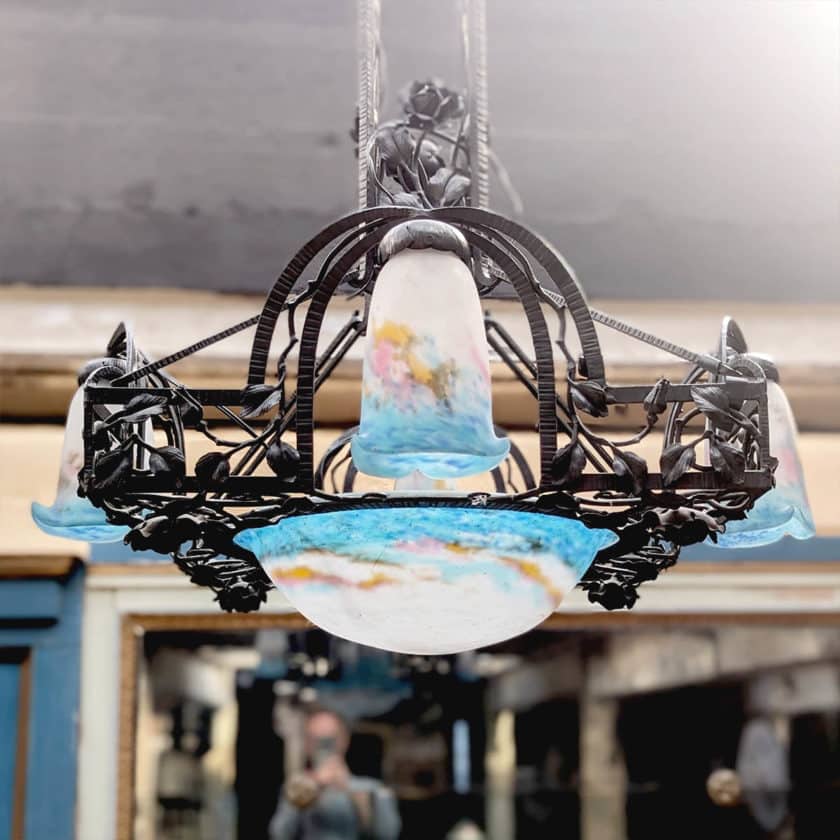
Antique Lighting in Modern Decoration
Integrating Antique Lighting into Contemporary Interiors
Visit luminaires can add a touch of history and elegance to any modern space. They blend well with a variety of decorating styles, adding character and charm.
Enhancement tips
To integrate these pieces harmoniously, it's important to consider the scale and style of the room. A large chandelier in crystal can serve as a focal point in a living room, while an Art Deco lamp can add a touch of elegance to a desk.
Preservation and Restoration
The Importance of Preservation
Preserving antique lighting fixtures is essential to maintain their beauty and history. This requires careful maintenance and, in some cases, professional restoration.
Restoring with Respect for Authenticity
Restoration of old fixtures should be carried out with respect for their authenticity. Original materials and techniques should be used wherever possible.
Antique lighting fixtures are more than just functional objects; they are collectors' items that illuminate our understanding of history and design. By integrating them into our interiors, we celebrate not only the beauty of old-world craftsmanship, but also the continuity and evolution of design through the ages.
News
-
New
Double porte en verre gravée avec son imposte et bâti 159x282x6,5cm
2 160,00€ (1 800,00€ excl. tax)1 En stock




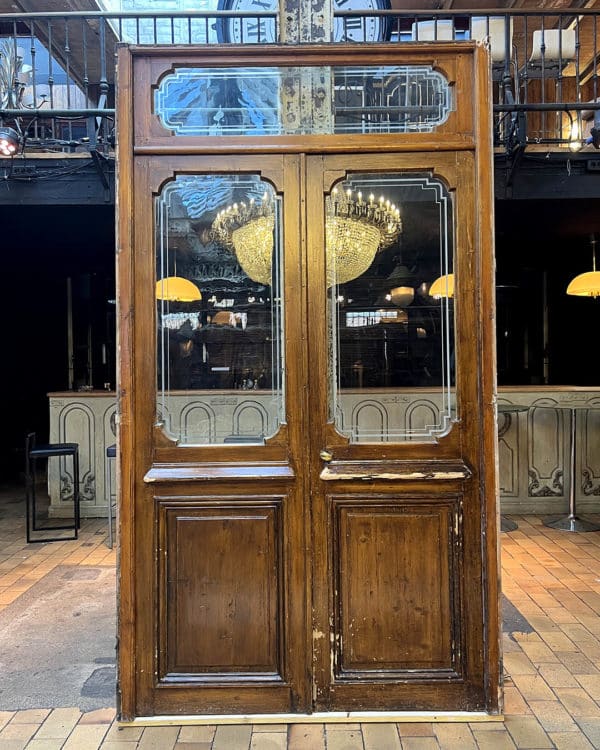

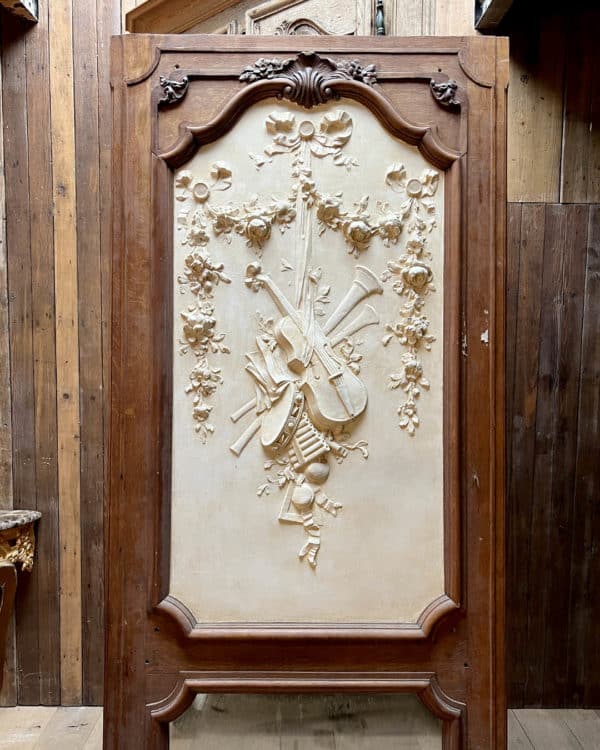
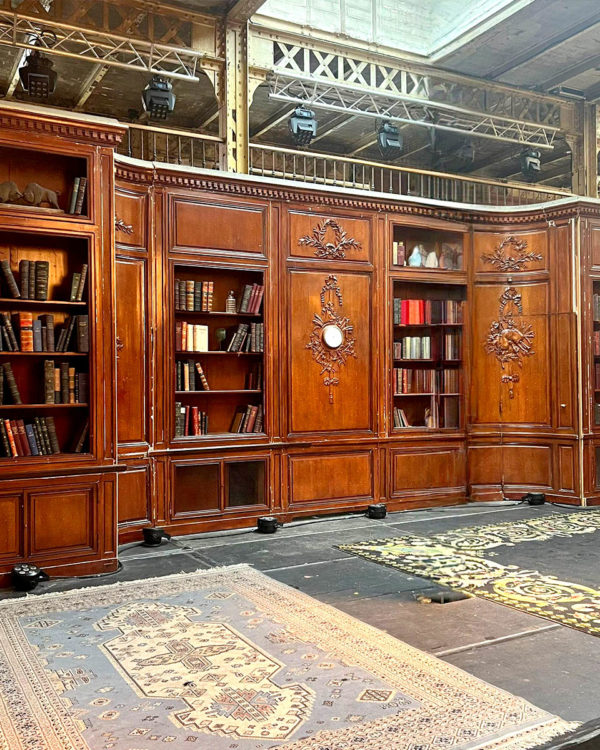
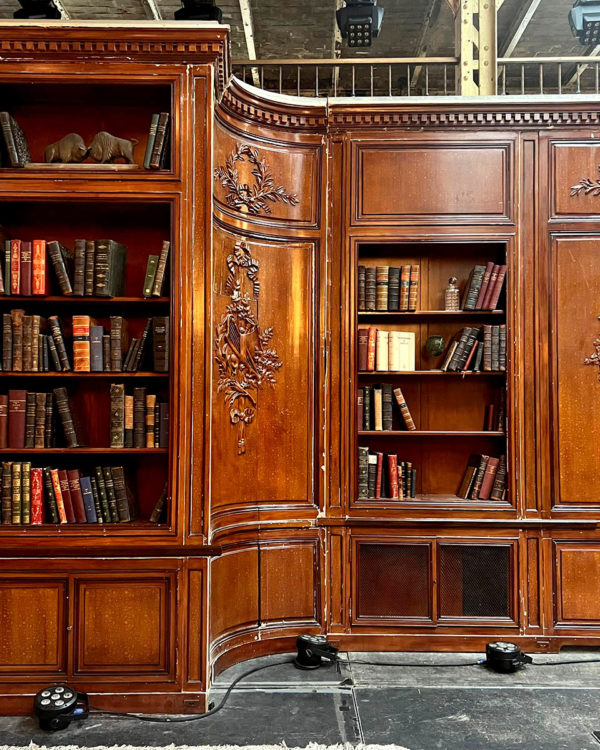
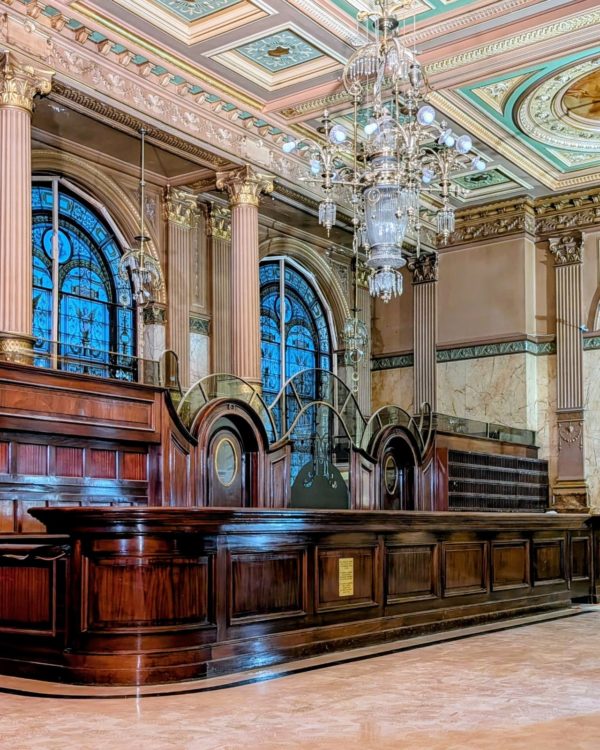
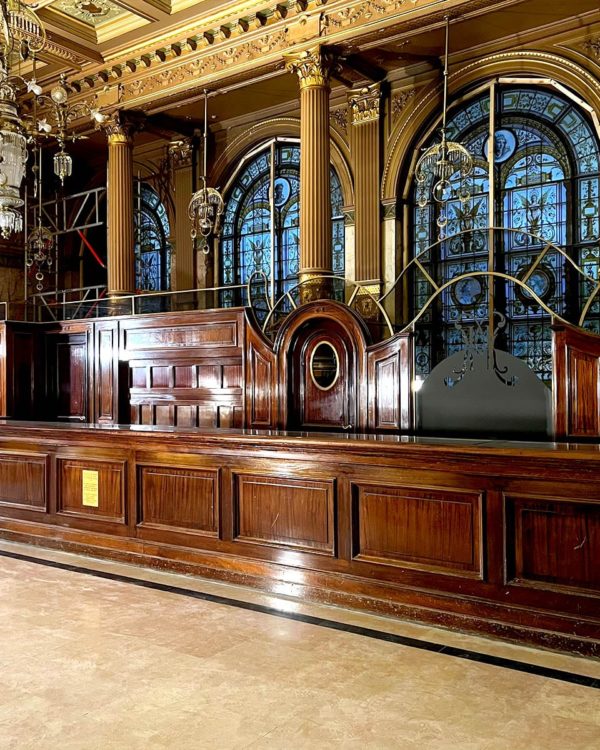
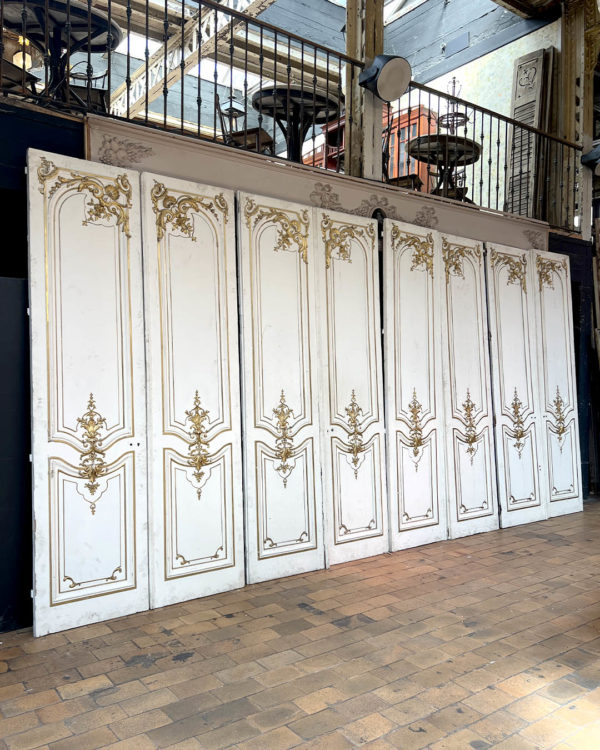
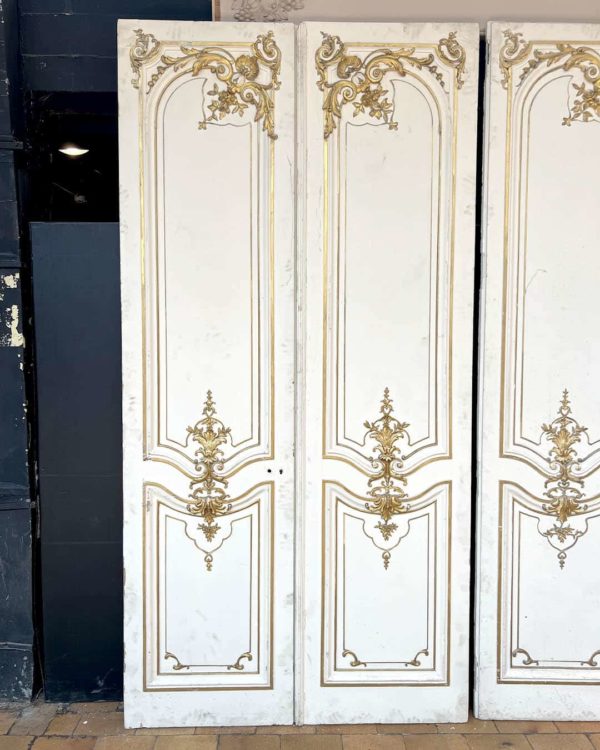
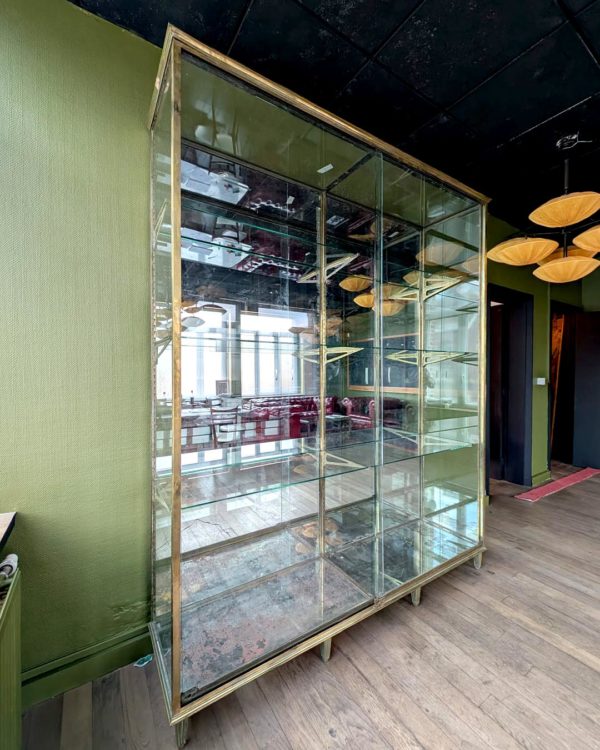
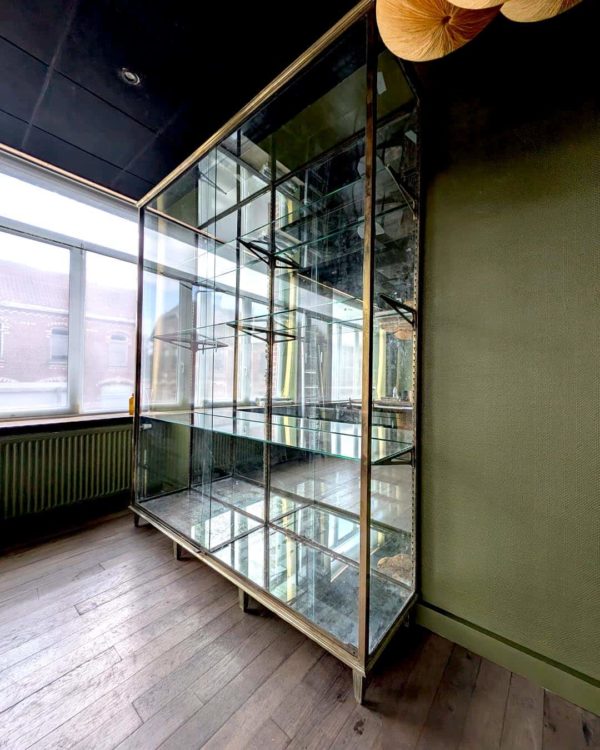
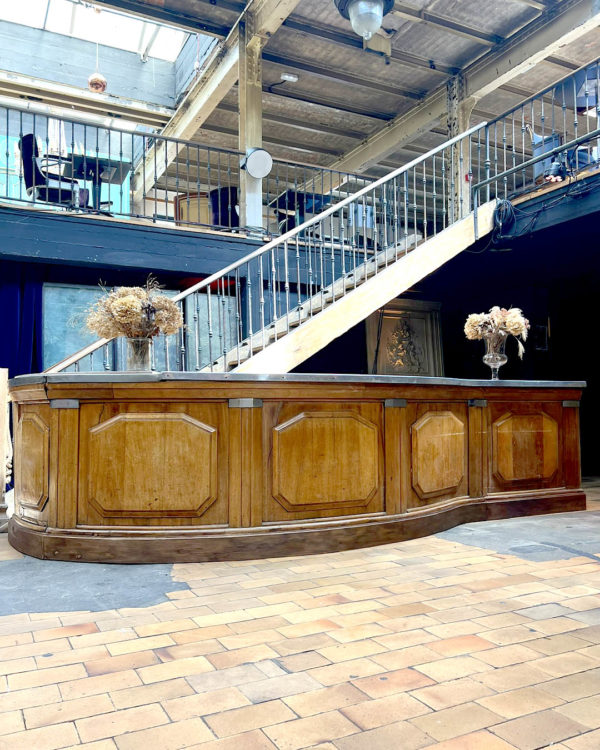
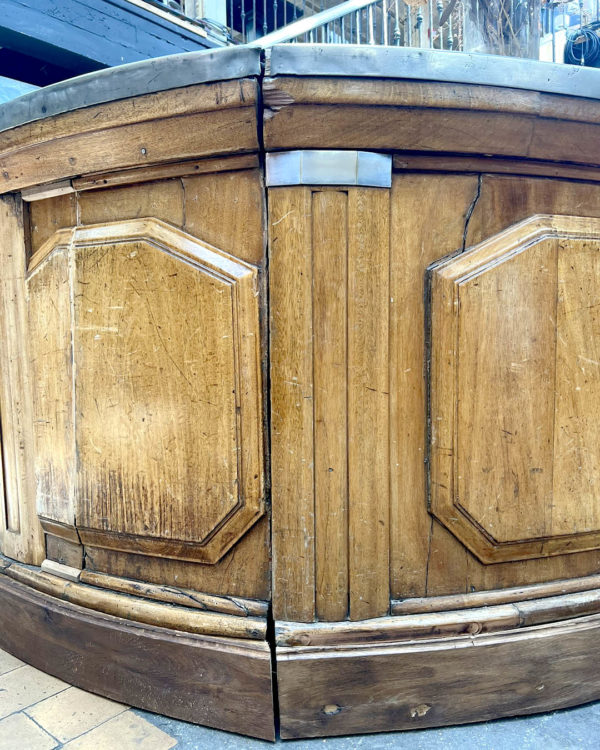

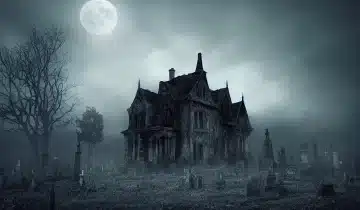
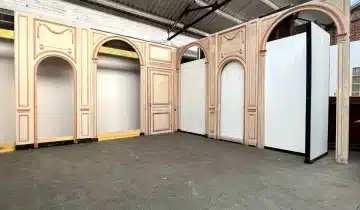
 No products in the cart.
No products in the cart.